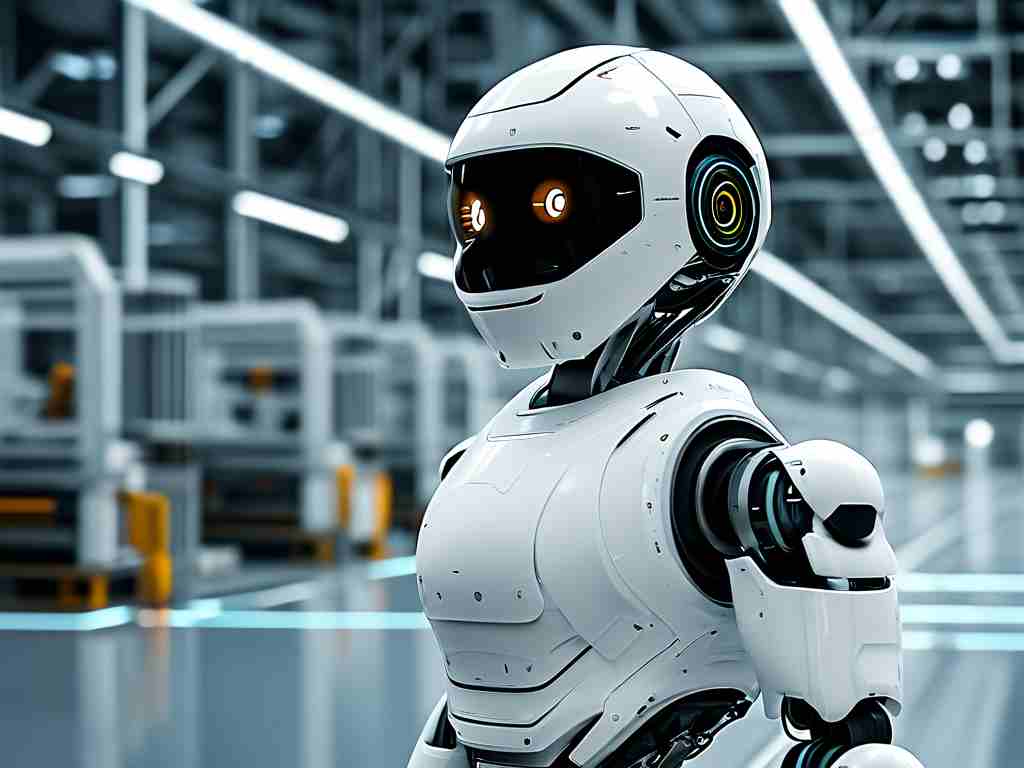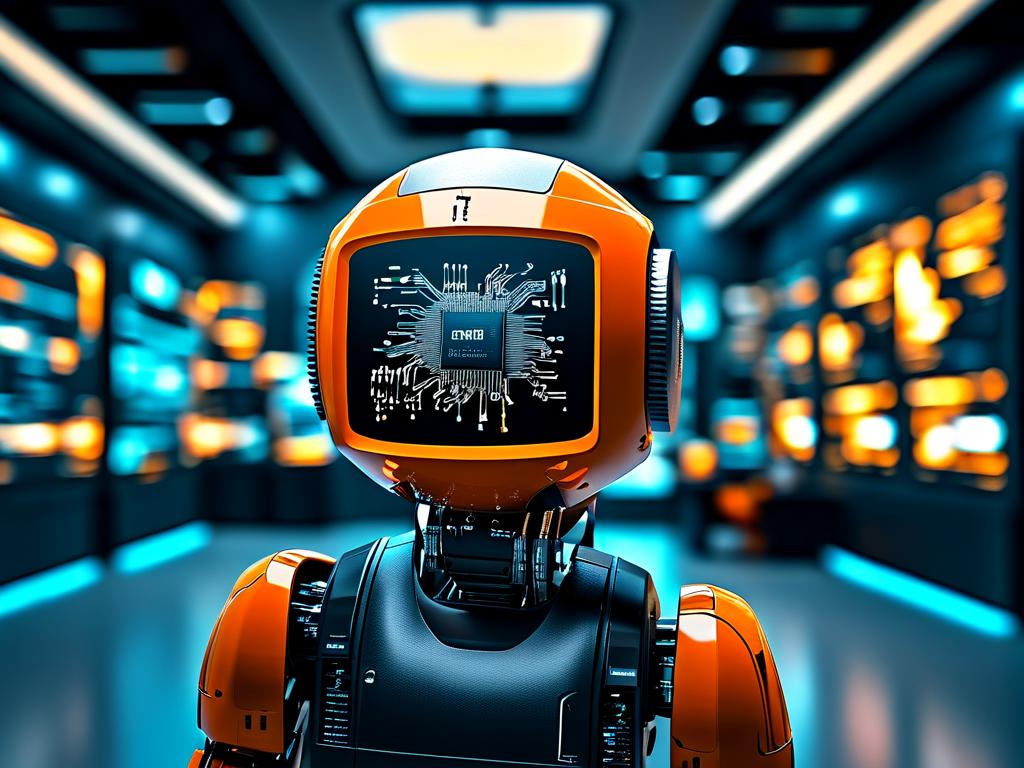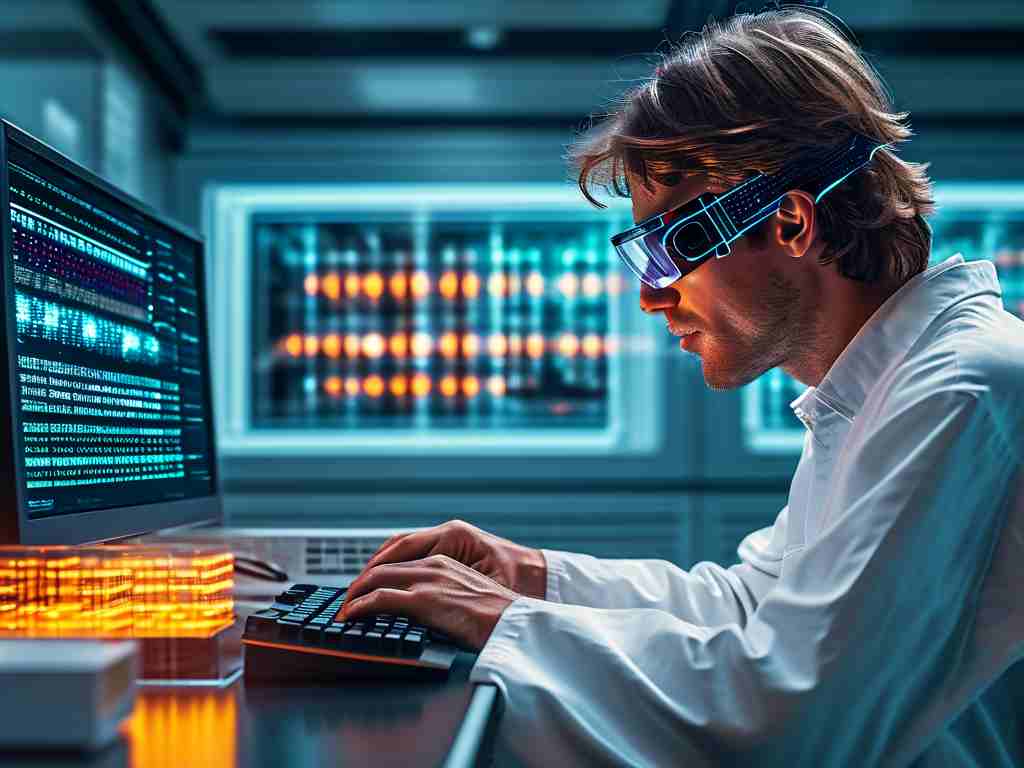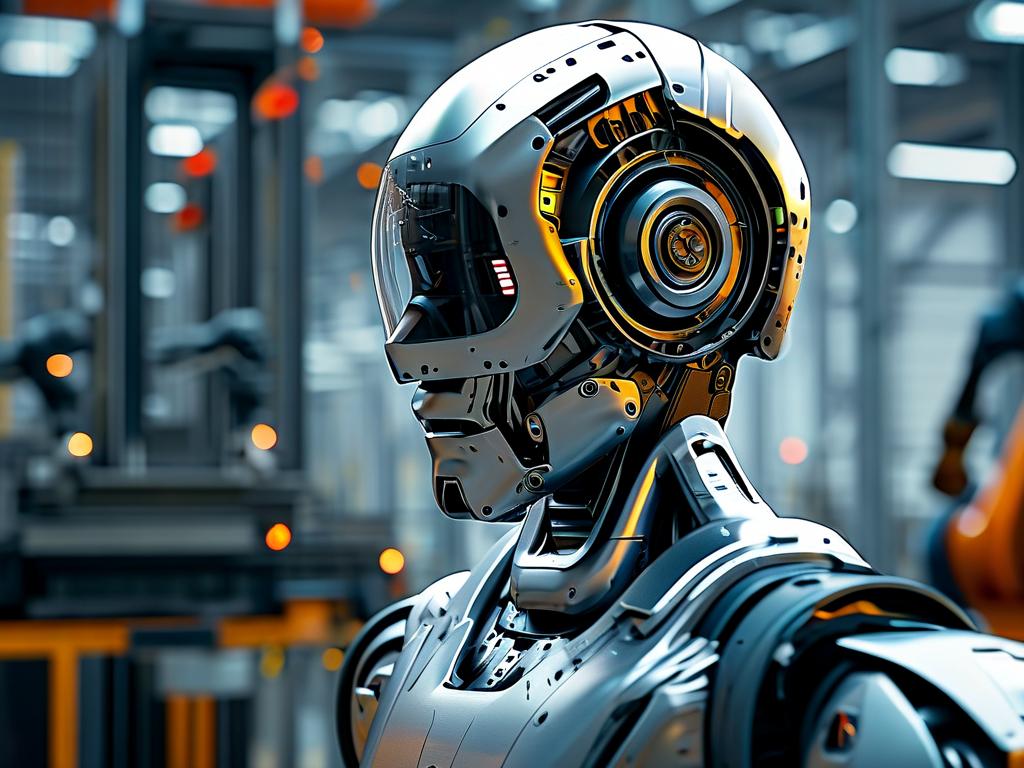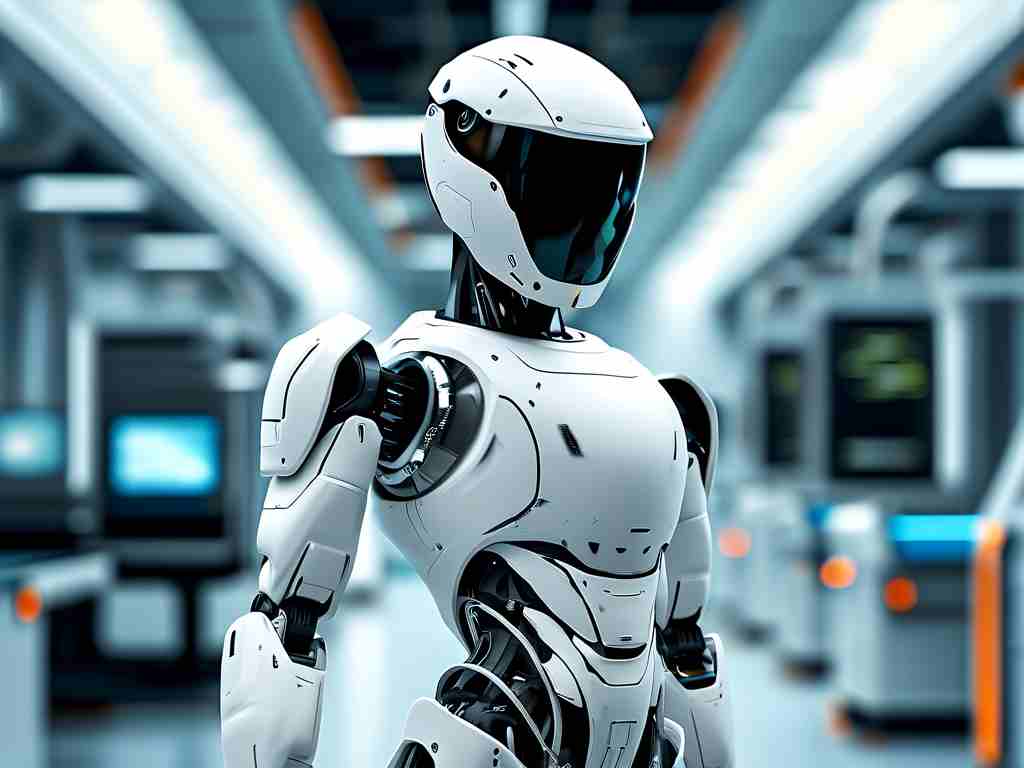The United States has entered a new phase of technological acceleration in robotics, driven by unprecedented public-private partnerships and cutting-edge research initiatives. Over the past three years, federal funding for robotics development has surged by 42%, with agencies like DARPA and the National Science Foundation prioritizing autonomous systems for industrial, medical, and defense applications. This strategic push positions America at the forefront of a global race to redefine automation capabilities.
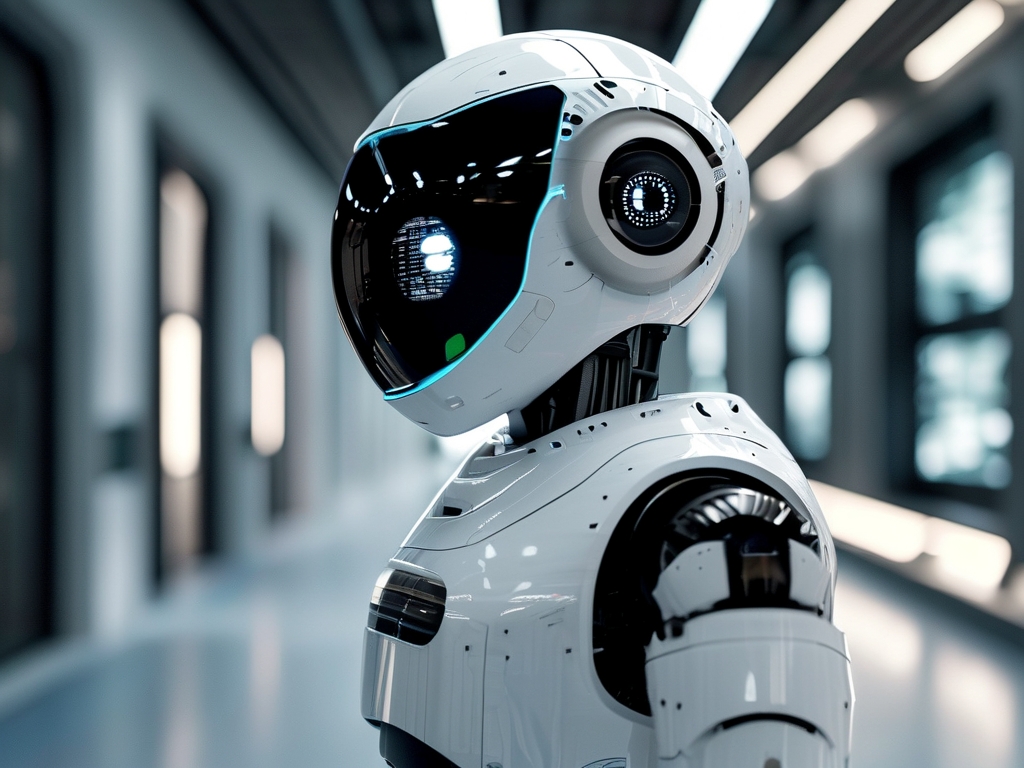
Recent breakthroughs in tactile sensing algorithms have enabled robots to perform delicate surgical procedures with 0.1-millimeter precision, a development currently being tested at Johns Hopkins University's Applied Physics Laboratory. Concurrently, Boston Dynamics has unveiled fourth-generation bipedal robots capable of navigating complex urban environments using multimodal perception systems that combine lidar, thermal imaging, and acoustic analysis.
The manufacturing sector provides compelling evidence of this robotic revolution. Automotive plants in Michigan now deploy fleets of collaborative robots (cobots) that learn assembly techniques through machine vision and adaptive neural networks. These systems have reduced production errors by 37% while increasing output speeds by nearly 25%, according to 2023 industry reports from the Association for Advancing Automation.
Agriculture represents another frontier for American robotics innovation. Startups like FarmWise Labs have field-tested autonomous weeders that utilize hyperspectral imaging to distinguish crops from invasive plants with 99.3% accuracy. Such advancements address critical labor shortages while reducing chemical herbicide use by an estimated 60-75%, aligning with sustainability goals across the food production chain.
Military applications continue to drive significant investment, with the Pentagon's Joint Artificial Intelligence Center allocating $1.8 billion for next-generation unmanned systems. Lockheed Martin's recently demonstrated "Sentinel" drone swarm technology showcases this progress—a networked group of 50 aerial units successfully coordinated complex search-and-rescue simulations in GPS-denied environments through decentralized decision-making protocols.
Despite these achievements, challenges persist. Ethical debates surrounding autonomous weapon systems intensify as NATO develops governance frameworks for battlefield robotics. Workforce displacement concerns also loom, though MIT researchers argue that robotics could create 4.7 million new tech-related jobs by 2030, offsetting 82% of projected automation-related losses through reskilling initiatives.
Looking ahead, three emerging trends dominate the robotics landscape:
- Biohybrid systems combining living tissue with mechanical components
- Self-replicating industrial robots for off-planet manufacturing
- Neuromorphic computing chips mimicking human brain architecture
The Department of Energy's Oak Ridge National Laboratory recently achieved a milestone in the third category, developing a robotic controller that processes sensory data 18x faster than conventional systems while consuming 94% less power. Such innovations suggest that America's robotics acceleration is not merely sustaining momentum but actively redefining the boundaries of intelligent automation.
As global competitors like China and the EU expand their own robotics programs, U.S. policymakers emphasize the need for international collaboration on safety standards and cross-border data sharing. The upcoming Global Robotics Summit in Silicon Valley aims to establish common protocols for ethical AI integration, ensuring that technological progress aligns with human-centric values.
Industry analysts predict that by 2027, robotics could contribute $4.5 trillion annually to the global economy—with American companies capturing 38% of that market share. From micro-robots repairing arterial blockages to autonomous construction crews erecting disaster-relief housing, the accelerated pace of discovery promises to reshape nearly every facet of modern life.
This transformative journey carries inherent risks and uncertainties, but the fusion of American ingenuity, academic rigor, and entrepreneurial spirit continues to position the nation as the crucible for robotics innovation. As these technologies mature, they will test societal adaptability while offering solutions to humanity's most pressing challenges—from climate resilience to healthcare accessibility.


